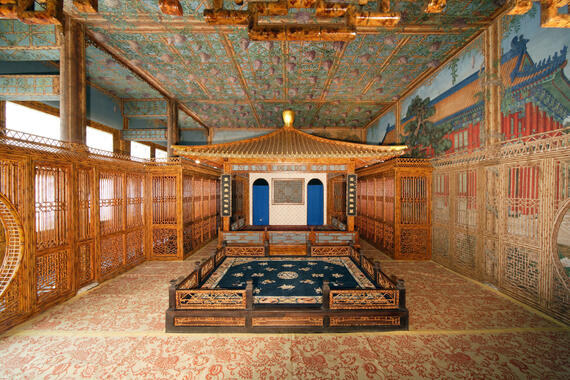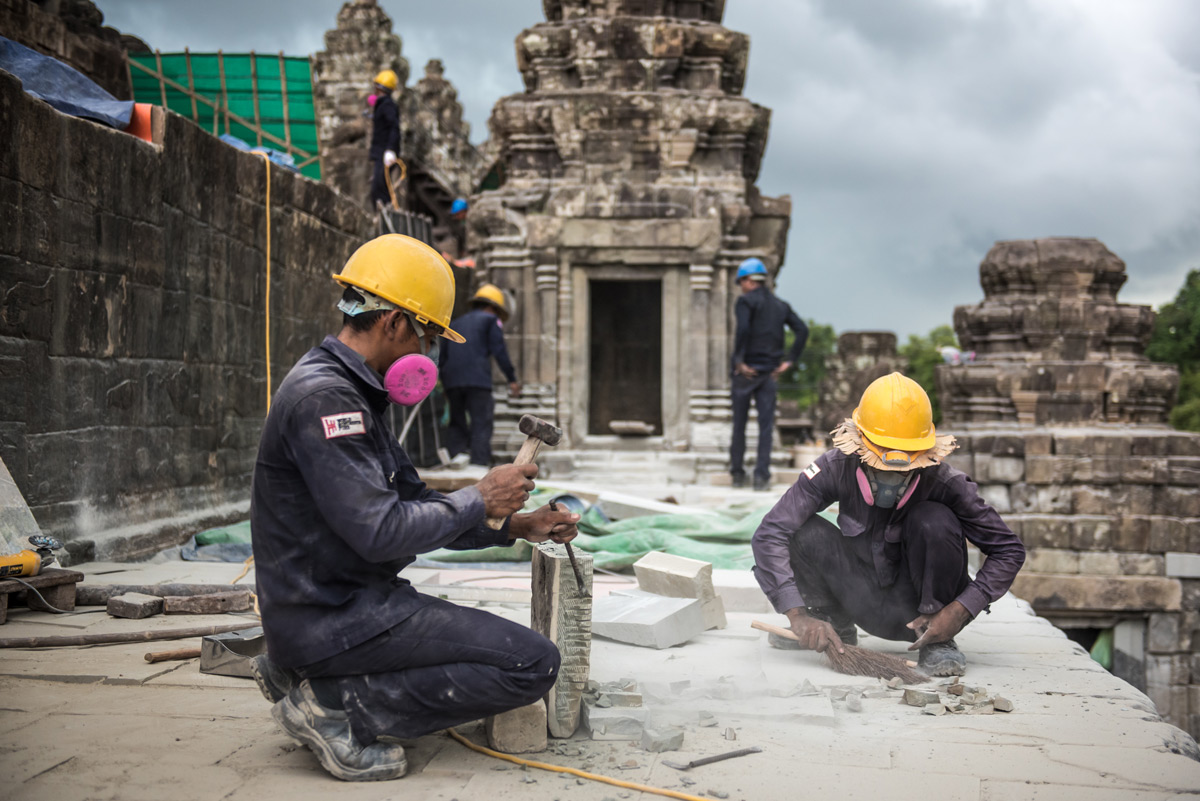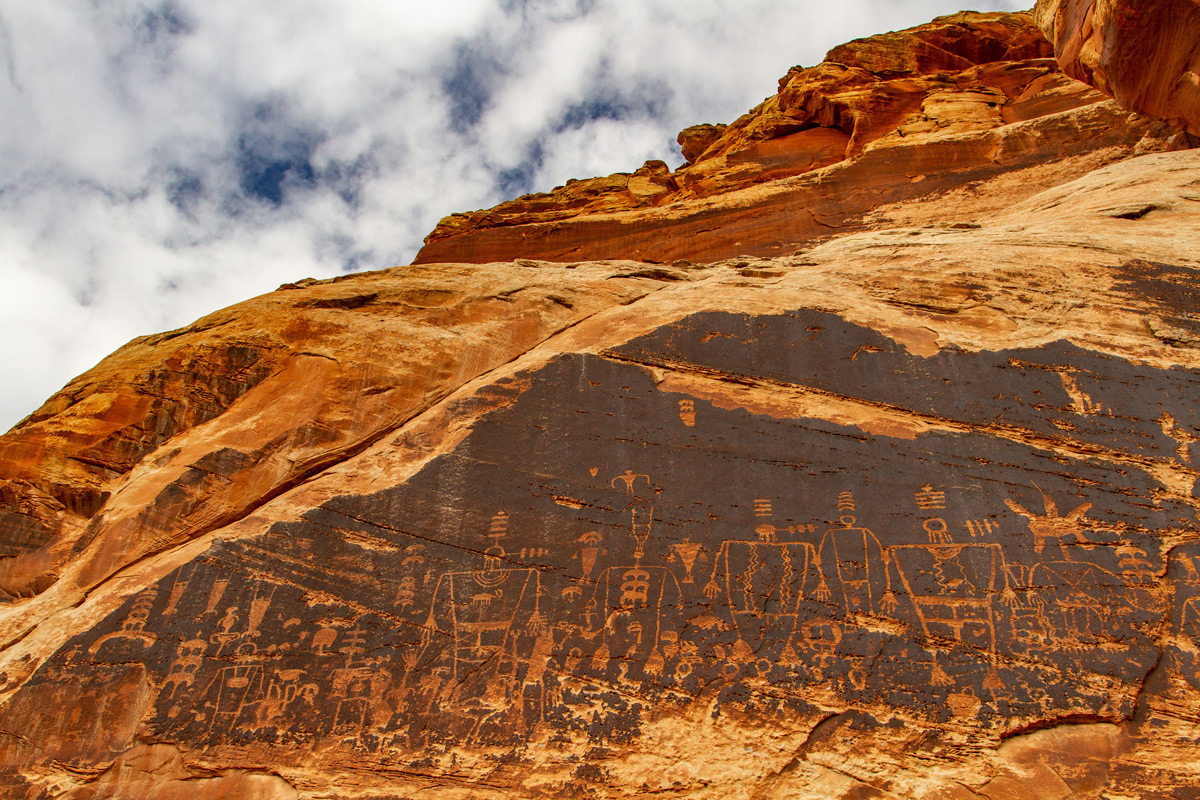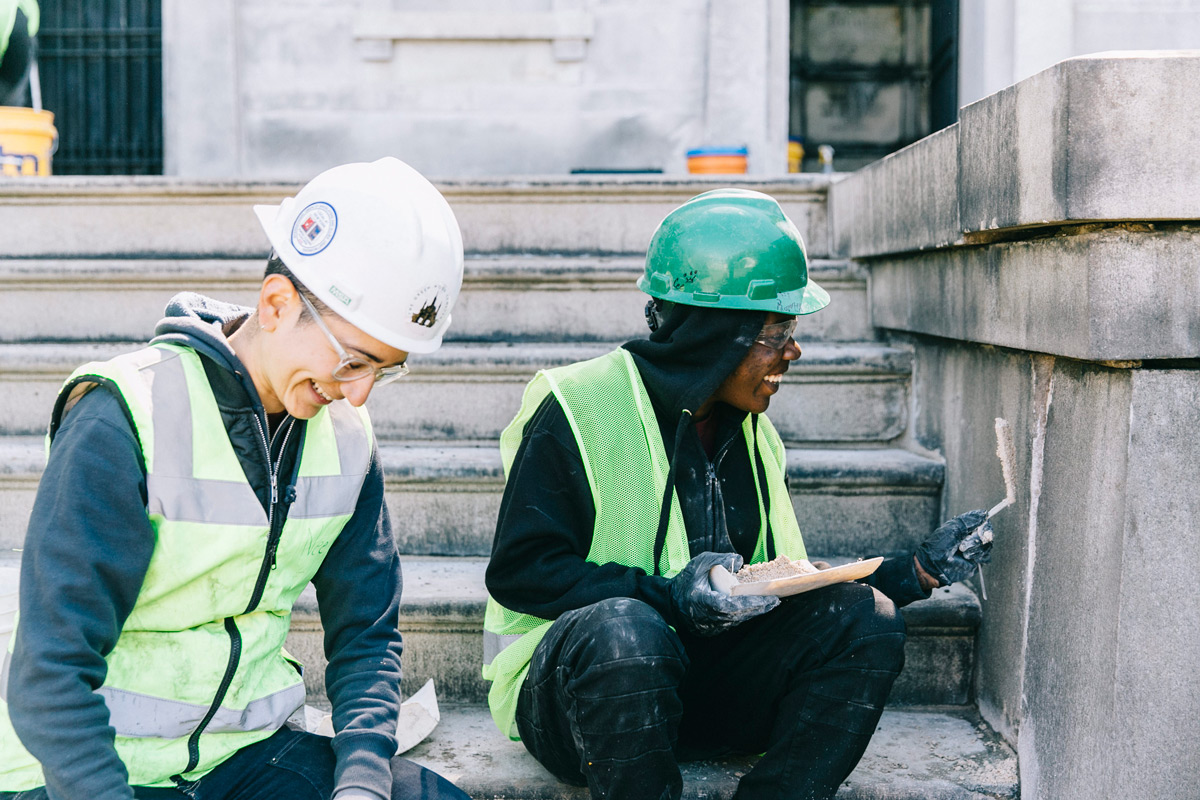Cultural Heritage in the Time of Coronavirus

Every day at World Monuments Fund, we think about the significance of our heritage in contemporary life, the importance of cultural exchange, the enrichment that travel affords, and the impact it all has on local communities around the world. The current situation has turned much of this on its head.
Now more than ever, we are thinking about what our work means to the people with whom we partner globally. At WMF, we are closely monitoring the situation in each of the 29 countries where we operate and basing decisions on the advice of local authorities as well as the World Health Organization.
Because these sites vary in size and are located in both populated and isolated locations, the impact of COVID-19 varies dramatically.
The safety of those engaged in our work around the world is of course our biggest concern. For example, in Beijing’s Forbidden City, conservation at the Qianlong Garden was suspended before the Chinese New Year to prioritize the safety of the students and conservators. We are keeping in close contact with the Chinese authorities hoping that the recent signs of stabilization of the situation will lead sooner than later to the resumption of one of our most ambitious projects. And though the Forbidden City remains closed to the public, you can still visit thanks to a series of virtual tours that will transport you to this magical place.

Another concern is the economic support our work helps provide local communities. At Angkor Archaeological Park in Cambodia, where we employ 110 conservators, the decrease in tourism is already taking its toll. In addition to working to safeguard our team’s health with strict procedures based on WHO and Ministry of Health of Cambodia safety guidelines, we are exploring ways to help support our team and their families in the event we are forced to close the sites. It goes without saying that conservation workers, like the majority of people around the world, don’t have the ability to work remotely and that the current situation poses unique challenges.

At Bears Ears National Monument in Utah, due to the remote nature of the archeological sites, our partners continue their efforts to protect the indigenous artifacts. While this site is very isolated and as far as we know no local cases of the virus have been reported, we expect the predictable decrease in visitors this spring to negatively impact the local economy. Despite that, our local partner, Friends of Cedar Mesa, opened their visitor center this past week and we will continue to monitor the situation to identify ways we can help.

In New York City, the training of young stone masons from underserved communities at our Bridge to Crafts Careers program is one of our most important activities. To adjust to today’s new reality, we kicked off the new session beginning just this week by switching to virtual online classes for their required safety training. This technical instruction is essential for these young adults to obtain their certification and find a job in the next few months, and so we are doing everything in our power to support their progress.
None of this, of course, would be possible without you, our friends and supporters. It’s normal at times like these to turn inwards and look out for oneself and one’s family. Today, I could not be more grateful to be part of the WMF community—a group with a profound understanding of our global and cultural interconnectedness. Despite this challenging moment of forced separations, we will ultimately emerge more eager to seek out beauty and meaning in people and places around the world and to learn from each other on a global scale.
We will continue to update you on our sites and projects around the world as this unprecedented situation develops.
I hope that wherever you are, near or far, you and your loved ones are well.
